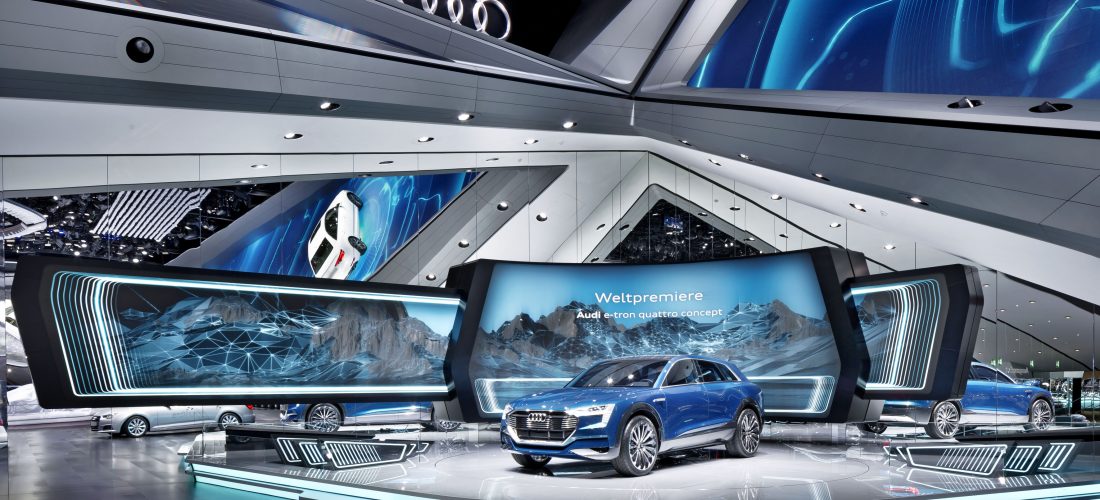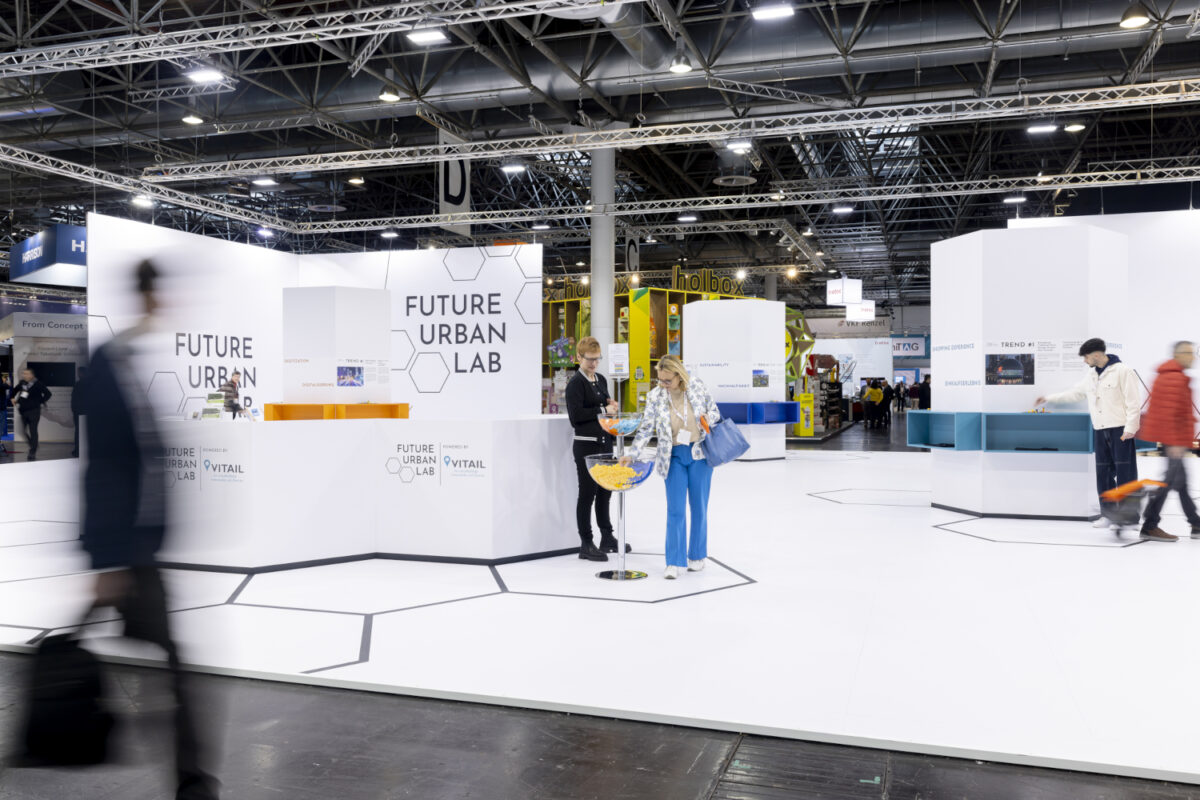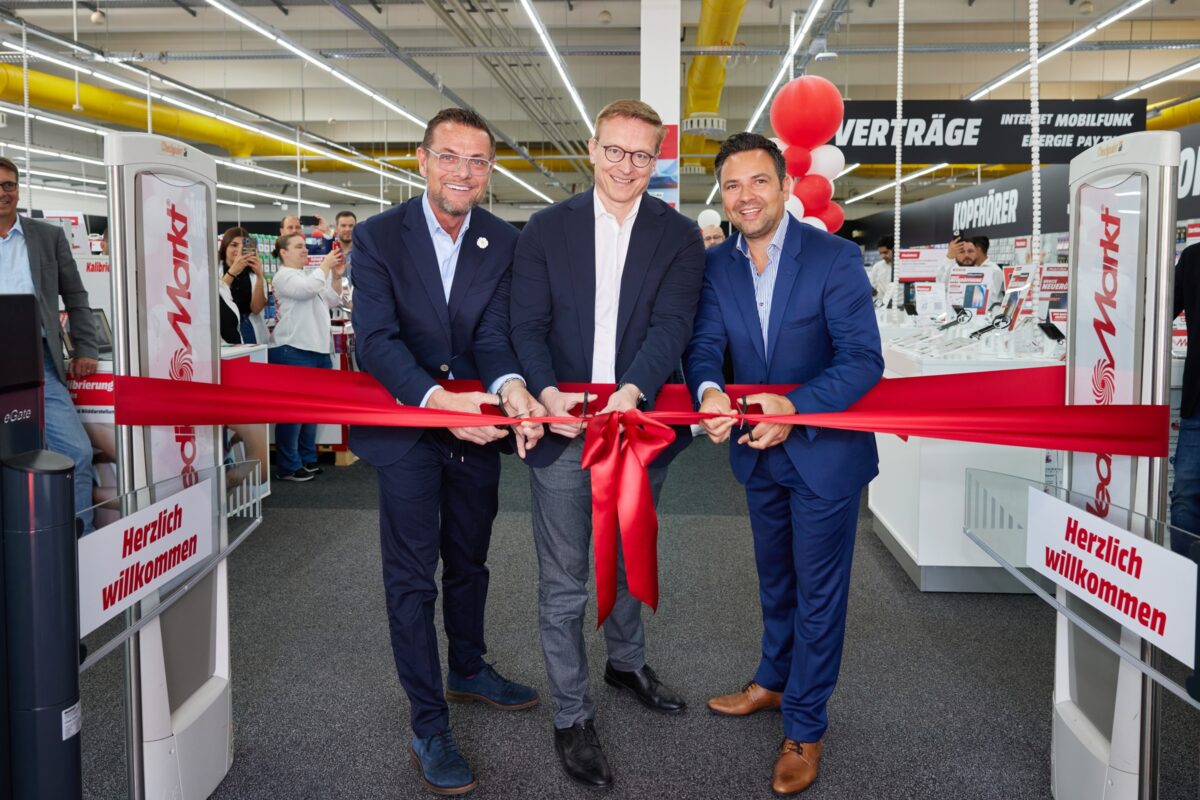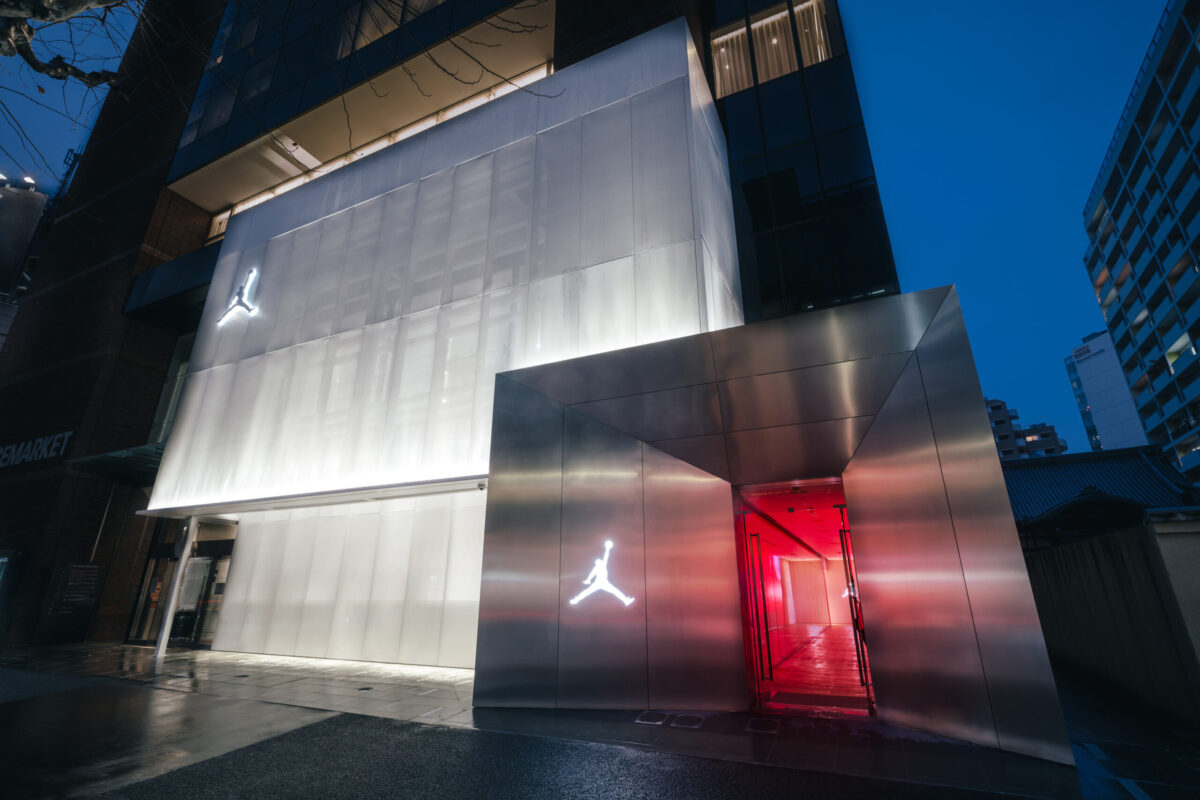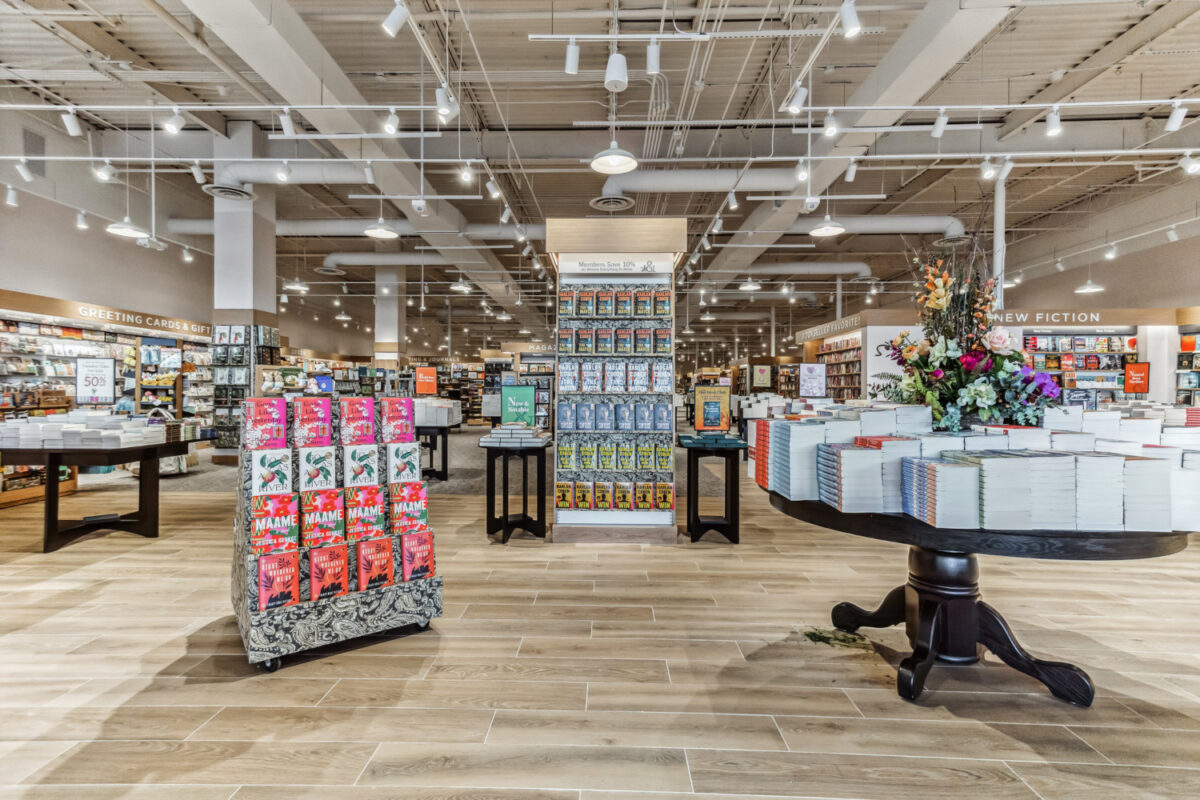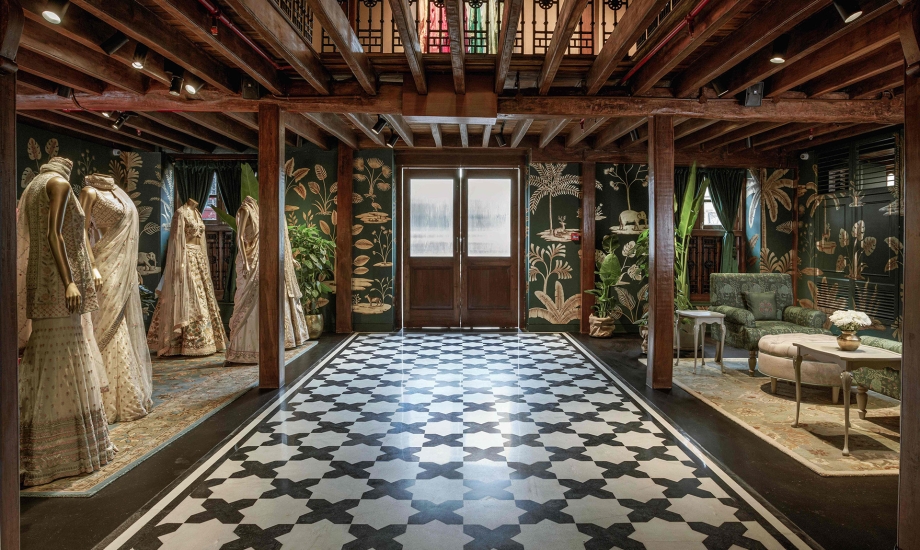Interview with Michael Ostertag-Henning of Schmidhuber
Store design and trade fair presentation are the direct touchpoints between a brand and the customer. We talked with Michael Ostertag-Henning, Managing Partner at the creative agency Schmidhuber, about how increasing digitization impacts brand presentation and what role the customer relationship plays in it.
Mr. Ostertag-Henning, what are brands currently emphasizing when it comes to their brand presentation?

Michael Ostertag-Henning © Schmidhuber
While brands still emphasized product exhibitions in corporate design where the brand or the products were highlighted in the past, content marketing is more important today. The objective is to answer questions your customer and in turn, his/her customers seek answers to – pertaining to aspects such as personalized services or the subject of sustainability which also becomes increasingly relevant in brand management. The retail sector still needs to catch
What do trade fair presentation and store design have in common in your opinion?
Both are platforms where a business faces people with its core values, products and services – in direct face-to-face communication. Due to the fact that a lot of business migrates online, these real touchpoints are significant. It is becoming increasingly important to create an identity and brand loyalty. Flagship stores demonstrate this very powerfully. The emphasis here is no longer primarily to increase sales but rather to build brand loyalty.
“Building brand loyalty“ – an aspect that’s very important to you …
Customer relationships are becoming increasingly important given all of the deliberations about digitization – whether that’s offline or online. This is the one component that is mostly being ignored.
What could the combination of digital media and customer relationships look like in the store?
When we implemented a brand store in Hamburg, Germany, we emphasized exactly those components. On the one hand, the store features digital media such as a large media wall that provides all product information. The experience is made possible by gesture control technology used to operate the wall, where the appliances are shown in full size. It is directly connected to the company’s inventory management system and the online shop. Of course, the customers can also touch the products and take them home right away.
However, the key aspect for customers in this concept is the personal connection: this is not just anybody who operates the store but a locally well-known service partner for household and electrical appliances. The “trust” factor significantly complements the omnichannel selection.
Today customers need to choose from approximately 100 different refrigerator models. This is obviously an overwhelming task despite the digital search engine. In the end, it is important to trust the person who advises you. The agony of choice keeps increasing and personal service is thus becoming more and more important. It is a kind of hands-on online shop offering personal service and thus a new dimension in customer dialog in the digital age.
What digital tools do you prefer to use?
I personally like it if digital tools are not so much the focal point – we call this “ambient intelligence“. Our team at Schmidhuber does a lot of research and we develop new interfaces. One example of a tool that has a direct impact on the spatial design is a project we developed for the Audi Pavilion in Wolfsburg. Many visitors return and revisit this permanent exhibition. That’s why we wanted to create something that makes these visits different every time.

Audi’s presentation at IAA © Schmidhuber
What did you come up with?
The result was an interactive white sphere that is fully digital inside. Visitors hold the sphere in their hands and in some instances are able to place it into mechanisms at the exhibits to interact with them. Movies are shown, images projected, audio elements launched etc. in doing so, visitors become virtual exhibition designers. The sphere is able to store the name and image of the user at a photo point, changes colors depending on the highlighted theme the visitor is located in. It is a control element. Visitors can even take the collected data home with them.
What digital methods will assert themselves in stores in your opinion?
We are still at a stage where we are getting to know these new devices and possibilities – it’s quite the experience to try out touchscreens and work with interactive devices. Subsequently, those elements that are more likely to help customers in making more deliberate decisions will prevail.
Where does the journey to an omnichannel experience begin for retailers in your opinion?
That varies. Every industry sector needs to determine which tools it wants to use in which scenarios. Thanks to digitization, companies need to broaden their range and put the focus back on the needs of customers. That’s why everybody starts this journey at a different point.
Interview: Natascha Mörs
First published at iXtenso.com Magazin for Retailers




